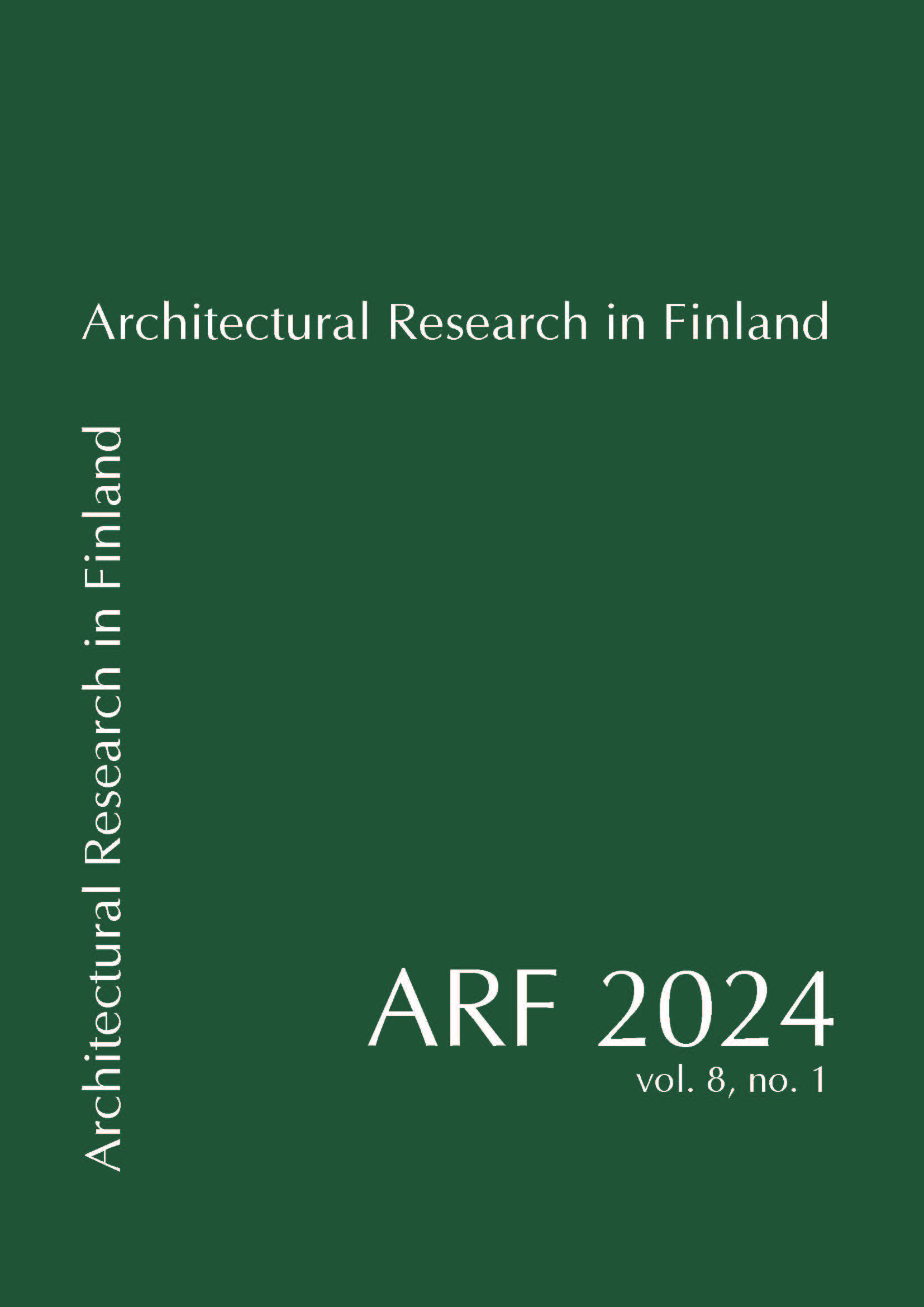Housing design quality in Finland: Room for improvement
DOI:
https://doi.org/10.37457/arf.147231Keywords:
housing, quality, resident, resilience, daylight, circulation, furnishability, spatial connectionsAbstract
Housing is under increasing pressure to respond to societal changes, e.g., an aging population, an increasing number of single person households, increased working from home, climate change and the green transition, and the covid-19 pandemic. This paper investigated how the apartments of a Finnish social housing provider supported residents’ daily lives and well-being and how this can be improved. From a total of 142 rental and right-of-occupancy apartment blocks in the Tampere and Turku regions, ten were selected for analyses and reporting of results in this paper. The floor plans of two representative blocks were further analysed to evaluate their housing design quality. The aspects investigated included daylight, circulation, furnishability and spatial connections. Findings highlighted that there is room for improvement to create more resilient living environments: daylight conditions were found to be below good practice, especially where balconies shaded the main living space or where the room depth prevented daylight from reaching the back parts. The furnishable floor area was fragmented and reduced by essential circulation areas, which on average took up 40% of the habitable floor area. Only 28% of the habitable room floor area was both well daylit and furnishable. Potential improvements to achieve more resilient living environments include better connection between the design of furnishable and well daylit spaces; better overlapping of essential circulation areas to improve furnishability and creating multiple routes inside the apartment to enable the residents to adjust their level of privacy.




